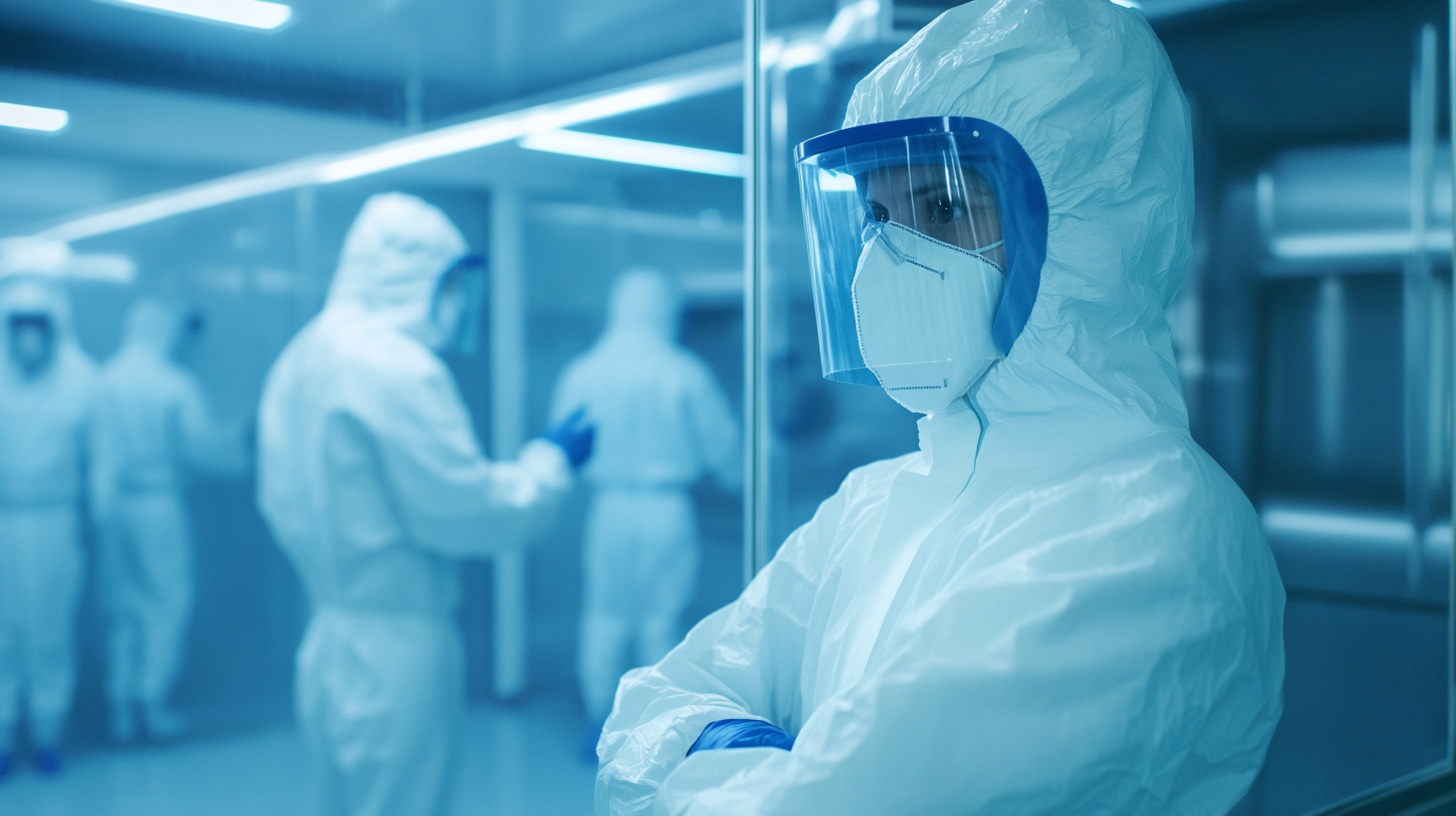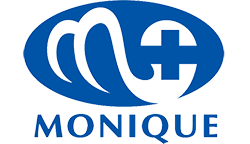In the ever-evolving landscape of healthcare and personal protective equipment (PPE), understanding industry standards and the challenges faced in the best protective gown market is crucial for stakeholders and consumers alike.
 Protective gowns have become a fundamental component in safeguarding healthcare professionals and patients, particularly in the wake of global health crises that have heightened awareness of infection control and safety protocols.
Protective gowns have become a fundamental component in safeguarding healthcare professionals and patients, particularly in the wake of global health crises that have heightened awareness of infection control and safety protocols.
As demand surges, so too does the need for compliance with stringent regulations and quality benchmarks that govern the production and use of these essential garments.
This blog delves into the intricate dynamics of the protective gown market, exploring the current standards that define product efficacy and safety, while also addressing the hurdles manufacturers encounter in maintaining compliance amidst rapid technological advancements and shifting consumer expectations. By shedding light on these aspects, we aim to provide valuable insights for those navigating the complexities of the protective apparel landscape.
In the evolving landscape of the protective gown market, understanding the key features of high-quality products is essential for healthcare professionals. According to the Global Industry Analysts report, the global market for surgical gowns is projected to reach approximately $3.8 billion by 2027, fueled by the increasing demand for effective personal protective equipment (PPE). High-quality protective gowns typically incorporate features such as fluid resistance, breathability, and comfort, which are crucial for ensuring healthcare workers' safety during prolonged use.
One of the standout characteristics of premium protective gowns is their adherence to industry standards, particularly ASTM F1671 and AAMI PB70, which specify the performance requirements for materials used in healthcare settings. These standards ensure that gowns provide adequate protection against blood and bodily fluids while maintaining breathability and wearer comfort. Moreover, recent innovations in fabric technology, as reported by Research and Markets, highlight the rise of antimicrobial properties and enhanced durability, which are becoming increasingly vital in mitigating infection risks and ensuring the gowns withstand rigorous usage. As the market continues to adapt to new challenges, understanding these key features remains pivotal for making informed purchasing decisions in the best protective gown market.

In the rapidly evolving landscape of protective gowns, understanding industry standards is crucial for ensuring the safety and effectiveness of these garments. Protective gowns are essential in various settings, particularly in healthcare and during outbreaks like the recent Orobochi virus disease. The guidelines provided by health authorities stipulate that gowns should meet specific criteria for fluid resistance, tensile strength, and overall microbial barrier effectiveness. Adhering to these standards is not just about compliance; it is vital for protecting healthcare workers and patients alike.
As we face emerging threats such as the Ebola outbreak, where fear can lead to rushed decisions, having a thorough understanding of what constitutes a quality protective gown becomes even more critical. Institutions and healthcare facilities must prioritize sourcing gowns that are certified and proven to withstand high-risk situations.
**Tip 1:** Always check for certifications from recognized agencies to ensure that the protective gowns meet the necessary safety standards.
**Tip 2:** Consider the gown's material and design, as these factors significantly affect its durability and barrier protection.
By staying informed and vigilant about industry standards, organizations can better navigate the challenges posed by infectious diseases and enhance their preparedness for future health crises.
 The protective gown market has seen significant growth, particularly in the wake of global health crises. However, manufacturers in this sector are grappling with several challenges that impact their ability to deliver high-quality protective wear. One of the primary obstacles is the persistent issue of supply chain disruption, which complicates access to raw materials needed for production. Fluctuating costs and availability of these materials can lead to inconsistent product quality and delivery timelines, hampering the overall efficiency of production processes.
The protective gown market has seen significant growth, particularly in the wake of global health crises. However, manufacturers in this sector are grappling with several challenges that impact their ability to deliver high-quality protective wear. One of the primary obstacles is the persistent issue of supply chain disruption, which complicates access to raw materials needed for production. Fluctuating costs and availability of these materials can lead to inconsistent product quality and delivery timelines, hampering the overall efficiency of production processes.
Tips for manufacturers looking to mitigate these challenges include diversifying their supply chains. By sourcing materials from multiple suppliers, companies can reduce dependency on any single source and better navigate market fluctuations. Additionally, investing in technology to enhance manufacturing processes can streamline production and improve quality control, ultimately leading to a more reliable output.
Another significant challenge lies in maintaining compliance with evolving industry standards. As regulations become more stringent, manufacturers must stay ahead by regularly updating their protocols and training employees accordingly. A proactive approach to compliance not only helps in avoiding legal repercussions but also builds trust with consumers who prioritize safety and quality in protective gear. Regular workshops and training sessions can empower the workforce, ensuring that everyone is up-to-date with the latest requirements in the protective gown market.
The global supply chains for protective gowns have been significantly impacted by the COVID-19 pandemic, exposing vulnerabilities and challenges within the industry. As demand surged, nations like the USA and the UK faced severe shortages, leading to increased competition for resources and a scramble for supplies. This situation highlighted the strategic importance of local manufacturing capabilities and the need for countries to reassess their dependency on overseas production, particularly from major suppliers like China.
Moreover, the environmental implications associated with the production of personal protective equipment (PPE) cannot be overlooked. The entire value chain, from raw material extraction to manufacturing and eventual disposal, raises pressing concerns about water usage and waste management. The push for rapid production in response to pandemics often leads to environmental degradation, making it crucial for manufacturers to adopt sustainable practices. Addressing these challenges requires a collaborative effort among governments, manufacturers, and consumers to ensure that the protective gown market not only meets immediate health needs but also supports long-term environmental integrity.
| Category | Standards/Certifications | Main Challenges | Supply Chain Issues | Impact on Production |
|---|---|---|---|---|
| Healthcare | ASTM F1671, ISO 13485 | Product Quality Control | Shipping Delays | Increased Lead Times |
| Industry | EN 13795, AAMI Level 1-4 | Material Shortages | Supplier Reliability | Production Halt |
| Laboratory | ISO 14001, ISO 9001 | Regulatory Compliance | Global Sourcing | Margin Erosion |
| Emergency Services | NFPA 70E, OSHA Standards | Supply Chain Disruption | Cross-border Regulations | Reduced Availability |
The protective gown market is evolving rapidly, driven by innovations in design and functionality to enhance safety and comfort for healthcare professionals. Recent industry reports indicate that the global market for medical protective gowns is expected to grow at a CAGR of over 7% from 2021 to 2028, reflecting the increasing demand for high-quality protective gear amidst ongoing health crises. Manufacturers are now focusing on integrating advanced materials such as antimicrobial fabrics and breathable membranes, which not only protect against pathogens but also improve wearer comfort during extended use.
Tips for choosing the right protective gown include assessing the level of protection required for specific tasks, considering gowns with adjustable features for comprehensive coverage, and opting for materials that facilitate movement without compromising safety. It's crucial to stay updated on the latest standards and certifications, as they continue to evolve in response to new healthcare challenges.
Future trends in protective gown design are likely to emphasize sustainability and adaptability. Industry experts predict a shift towards biodegradable materials and modular designs that cater to varied healthcare environments and regulations. By investing in research and development, manufacturers are poised to deliver solutions that not only meet but exceed the industry standards, ensuring a safer experience for frontline workers.
TradeManager
Skype
VKontakte

